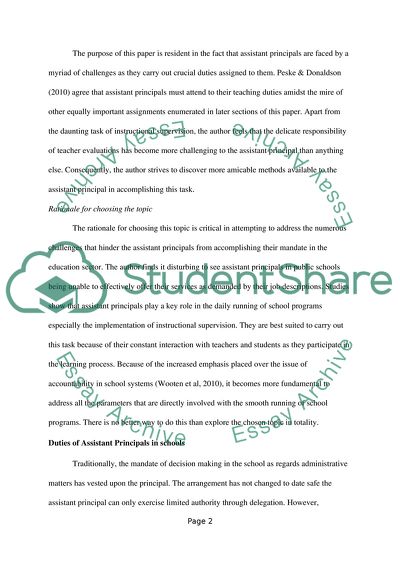Cite this document
(Assistant Principals and Teacher Evaluations Research Paper, n.d.)
Assistant Principals and Teacher Evaluations Research Paper. Retrieved from https://studentshare.org/education/1745643-assistant-principals-and-teacher-evaluations
Assistant Principals and Teacher Evaluations Research Paper. Retrieved from https://studentshare.org/education/1745643-assistant-principals-and-teacher-evaluations
(Assistant Principals and Teacher Evaluations Research Paper)
Assistant Principals and Teacher Evaluations Research Paper. https://studentshare.org/education/1745643-assistant-principals-and-teacher-evaluations.
Assistant Principals and Teacher Evaluations Research Paper. https://studentshare.org/education/1745643-assistant-principals-and-teacher-evaluations.
“Assistant Principals and Teacher Evaluations Research Paper”, n.d. https://studentshare.org/education/1745643-assistant-principals-and-teacher-evaluations.


